In the demanding everyday life of a food manufacturer it can be hard to slow down and think about the safety of the products being manufactured. Everything from the ingredients that come in the door to the way the product is shipped out to the customer, all have to be monitored for safety. That is what the Food Safety Modernization Act (FSMA) is all about, making sure the ingredients, the process, and how the end product is shipped out reduces the level of risk to the consumer. The manufacturing facility has to ask, what can be done to prevent the various risks in the plant from happening and causing a recall?
A Food Safety Plan is a robust, detailed plan that is meant to anticipate and meet these challenges. A cohesive plan is based on food safety principles which include: hazard analysis, preventative controls, supply-chain programs, and a recall plan. For smaller businesses, putting a Food Safety Plan in place and maintaining that Plan can be daunting. Where do you start? Making sense of the regulatory language can be difficult, making it hard to determine what the FDA is going to be looking for if you were to receive an audit.
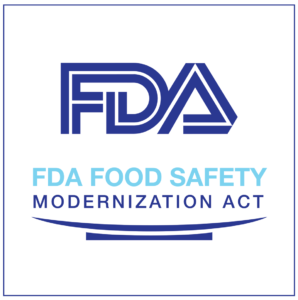 After some feedback from the food industry, the FDA created a free software tool, called the Food Safety Plan Builder. It is a tool designed to assist owners/operators of food facilities with the development of food safety plans that are specific to their facilities, and to assist them in meeting the requirements of the current regulations. Using this software is not required by the FDA, but facilities may find it of use as they continue to critically engage their Food Safety Plans.
After some feedback from the food industry, the FDA created a free software tool, called the Food Safety Plan Builder. It is a tool designed to assist owners/operators of food facilities with the development of food safety plans that are specific to their facilities, and to assist them in meeting the requirements of the current regulations. Using this software is not required by the FDA, but facilities may find it of use as they continue to critically engage their Food Safety Plans.
Filling out all the information that the software requests can be labor intensive but with some effort and investment though, the Builder can act as a great framework to build upon. According to Eric Edmunds, food safety director with The Acheson Group, “as with any other electronic tool, the product that you get out of it is as good as the information you put into it!”
If you are interested in using this tool here is the website:
https://www.fda.gov/Food/GuidanceRegulation/FSMA/ucm539791.htm
The bottom line is that there are no shortcuts in creating a culture of food safety. Tools like the Builder are excellent resources to engage and assist in implementing comprehensive programs, but don’t make a complete toolbox in themselves. While food law and requirements can be laborious to understand and read they are important to get right. FSMA was created so that food facilities are held responsible for every bit of food safety including the supply chain from one facility to another. The FDA wants food facilities to know that when guidelines are followed and a good a Food Safety Plan is in place they are setting themselves up for success.

December 10, 2025
What is OSHA's Regional Emphasis Program (REP) for the food manufacturing industry? The OSHA Regional Em...
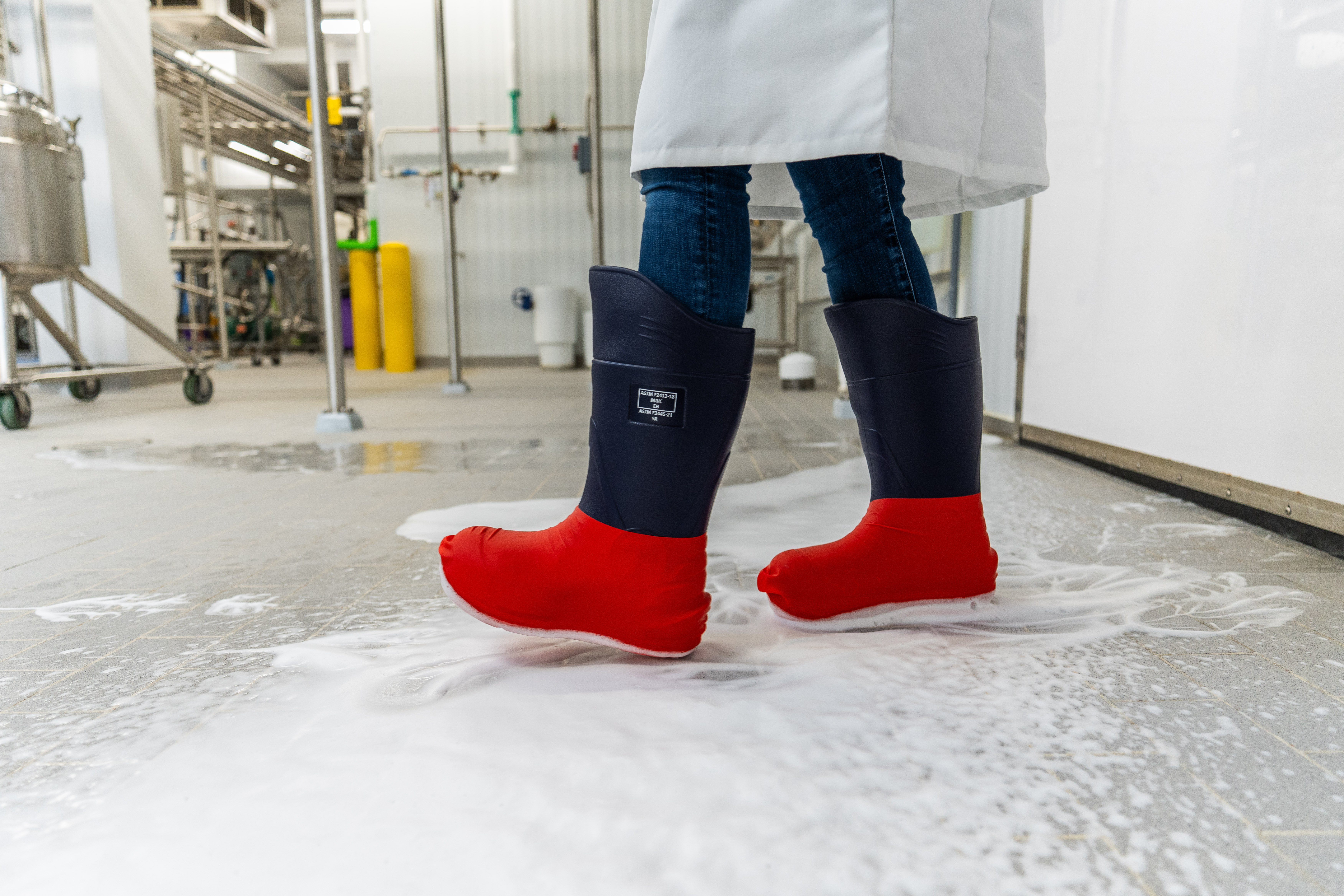
December 8, 2025
There is a fundamental connection between worker safety and food safety: A failure in worker safety can ...
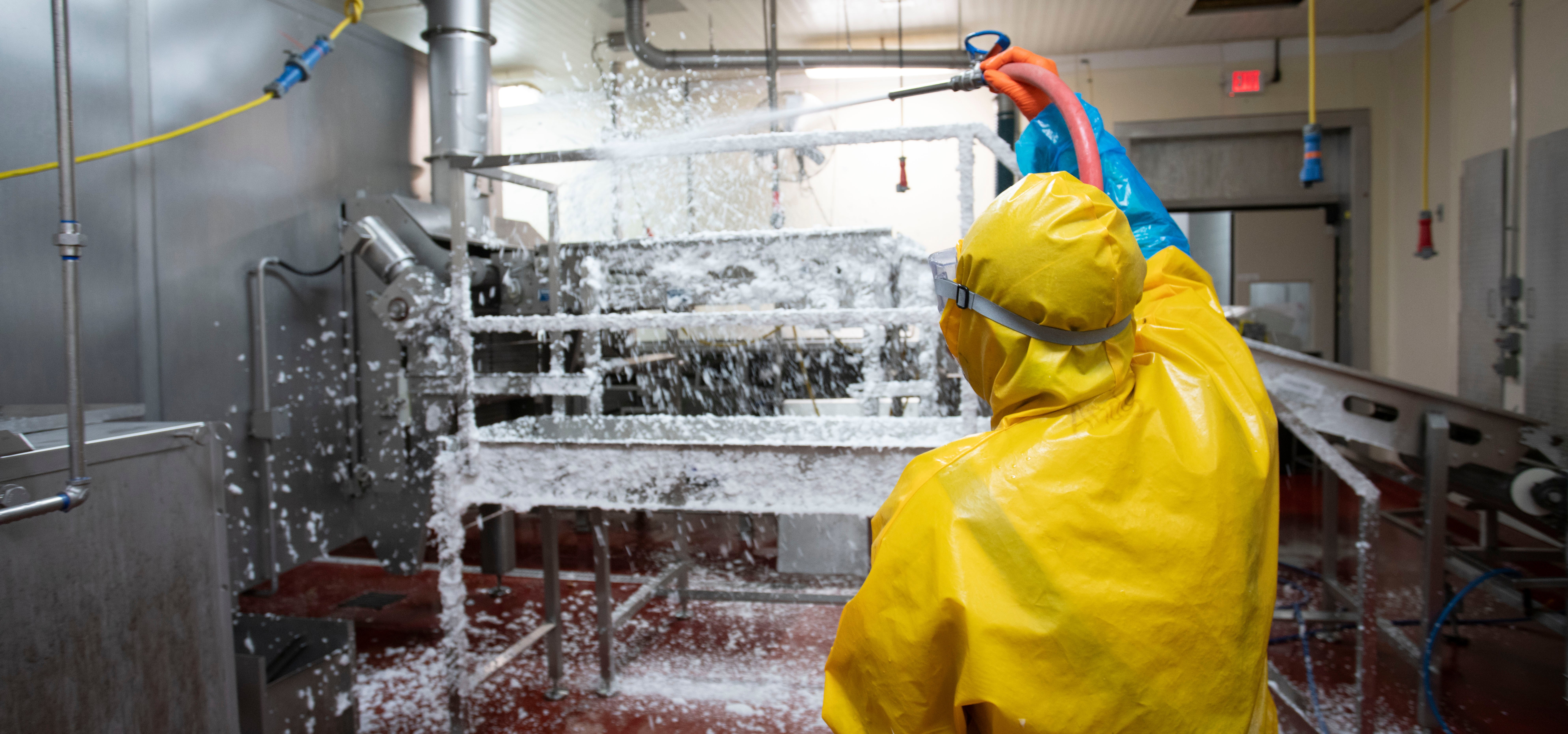
December 1, 2025
Nelson-Jameson understands that efficiency and worker safety are equally important goals in food manufac...

Recognize and address possible hygiene and sanitation challenges based on the cleaning and material handling equipment available in your facility.
Through a discovery call, virtual, or on-site assessment, Vikan SQF Practitioner certified specialists will assist in confirming that your system and cleaning tool inventory aligns with your risk management objectives while pinpointing any missing tools and enhancing maintenance and usage practices. Evaluate whether your existing tools are utilized in the most effective manner, or determine if a more suitable tool exists for the task at hand. Ensure that your tools comply with all relevant standards and regulatory requirements. Site evaluations encompass a summary survey, an overview of the location, a color-coded factory layout plan, product suggestions, a recommended order form, and a proposal for a follow-up survey.
Food Safety, Sanitation, Cleaning Tools, Color Coding
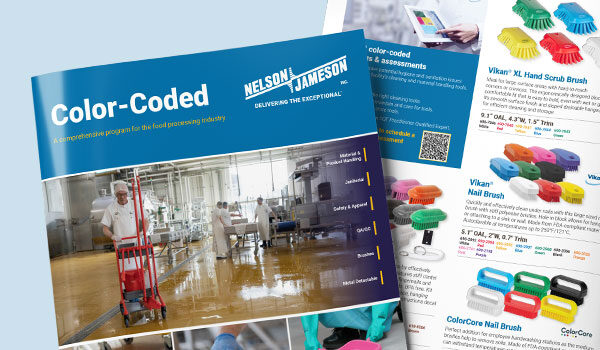
This is a comprehensive program for the food processing industry. Nelson-Jameson brings together the most extensive collection of color-coded products for material handling, product handling, janitorial, safety, apparel, QA/QC, and metal-detectable applications. With the right pieces, a color-coding system is a powerful tool in preventing cross-contamination of allergens and food-borne illnesses that can lead to sickness or expensive product recalls.

Food Safety, Sanitation, Cleaning Tools, Color Coding

Food Safety
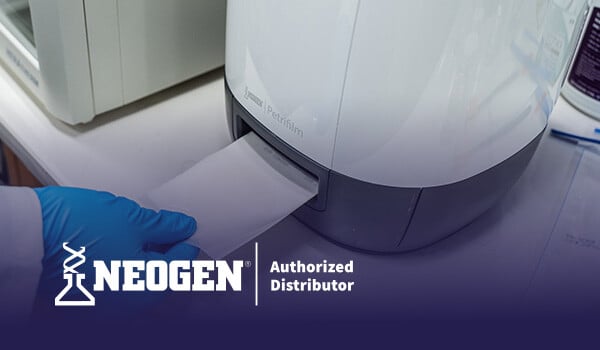
Get Petrifilm Certified through our complimentary immersive workshop for managers, personnel, and teams. The workshop offers practical knowledge through hands-on training and networking with industry professionals and experts. Attendees gain an in-depth understanding of Petrifilm technology and valuable insights into effective environmental monitoring practices. Participants leave with a certification and a wealth of resources that can significantly contribute to elevating their plant's quality control standards.
Food Safety, Sanitation, Laboratory